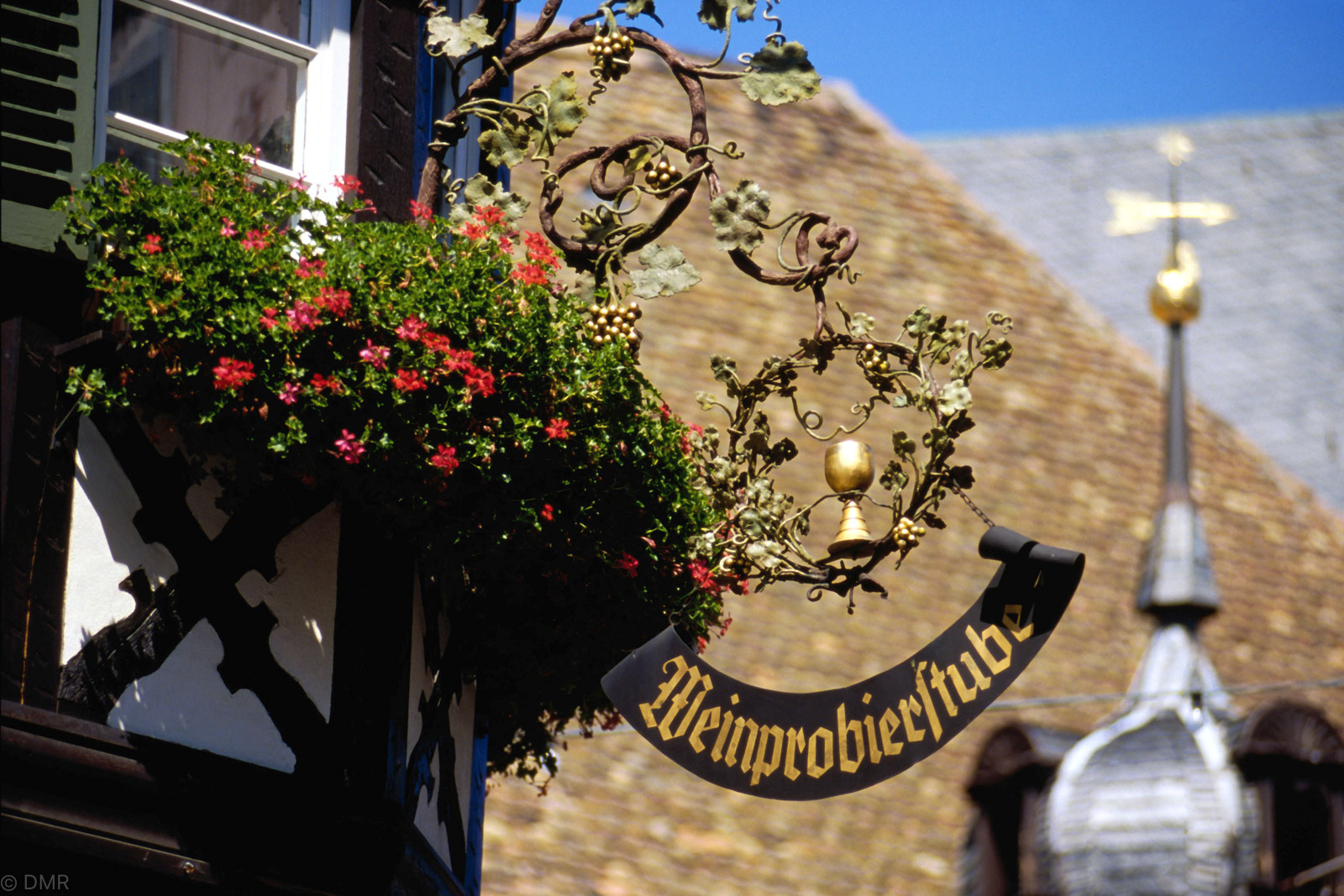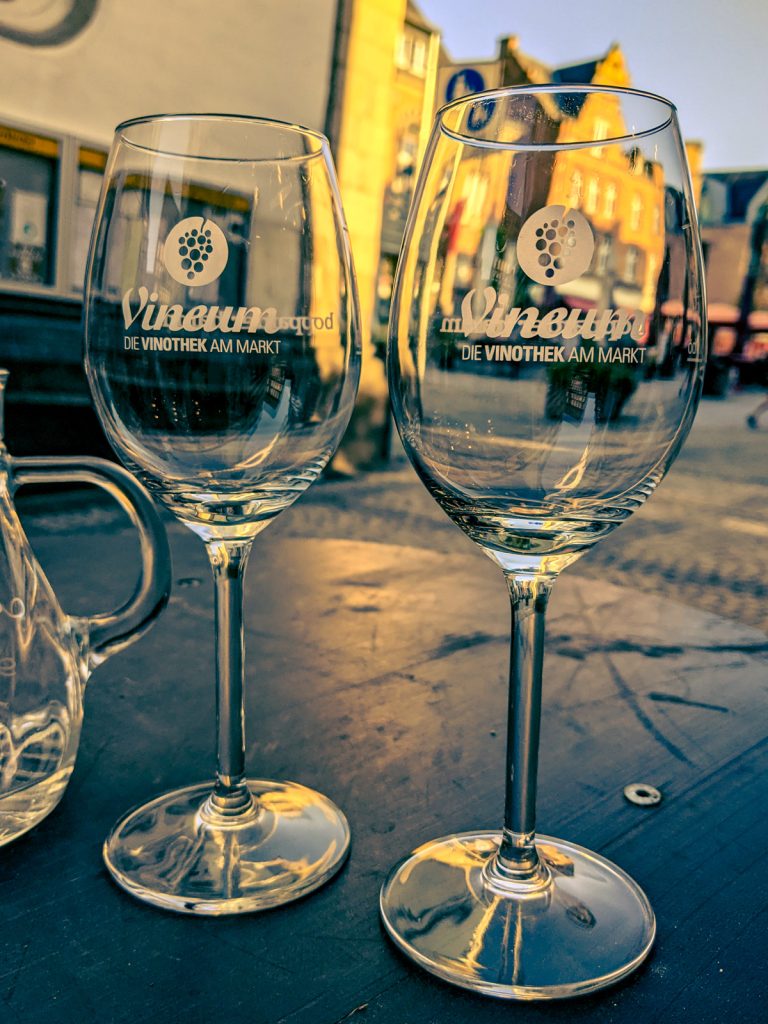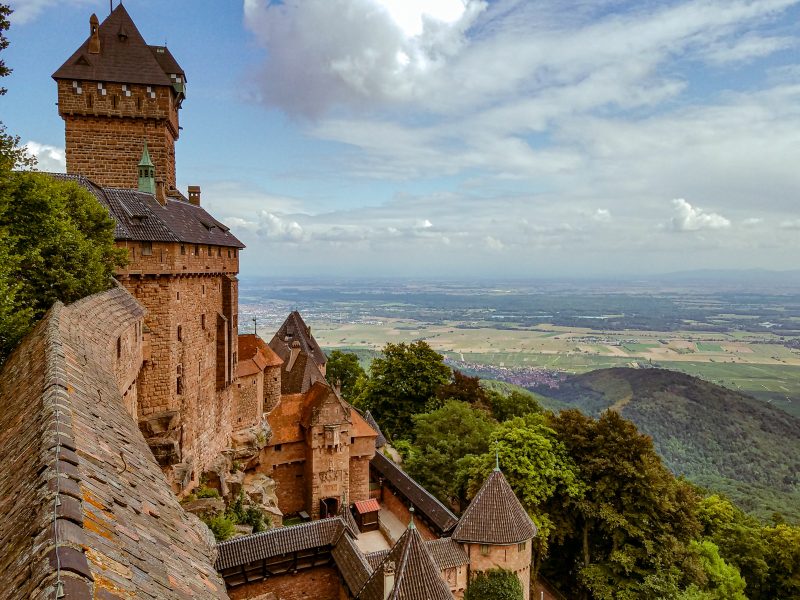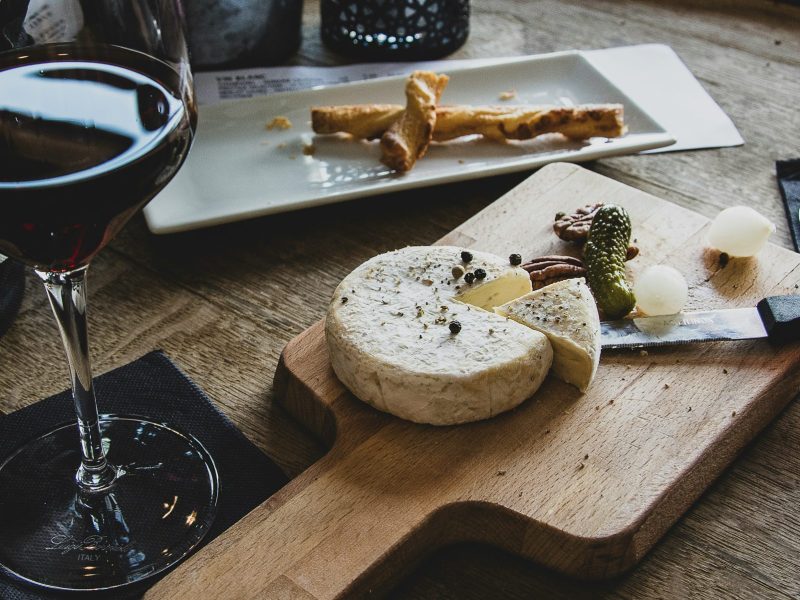Germany’s wine classification system is complex and challenging to understand, but we hope this post can remove some of the confusion for you.
Let’s start with something many people don’t know… Not all Riesling is sweet! In fact, German Rieslings can range from bone dry to intensely sweet, but then the question is: how do you know from looking at a label what’s dry and what’s sweet?
Luckily, German wines often include a scale on the back of the label to help you determine the sweetness level. But, if it’s not written on the label, you’ll find clues to help you.
The German word “Trocken” anywhere on the wine label tells you it’s a dry wine, but you can also look at the ABV (Alcohol By Volume) percentage to get a good sense of the sweetness.
When wine goes through the fermentation process, sugars are converted to alcohol, so a higher the alcohol means the lower the residual sugars and the drier the wine will be. And vice versa, with lower alcohol, more sugars remain, and the wine will be sweeter. That’s not too hard, right?
The Riesling grape is known for its high acidity, so many times, even a lower alcohol wine which would generally tell you that it’s on the sweeter side, is balanced by the high acidity, and the Riesling will taste drier on your palate.
Get to Know German Wine
One of the best ways to get to know German wines is to drink them! Purchase several with different sweetness levels and taste them side-by-side to get a better feel for your preferences. An even better way for learning is to visit the German wine regions for first-hand experiences.
And if you’re looking for wine pairings, a semi-sweet or sweet Riesling will pair wonderfully with spicy foods — try spicy chicken wings, Szechuan pepper dishes, or Korean kimchi.





